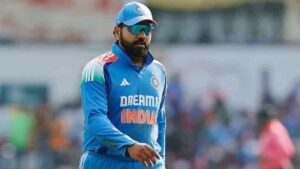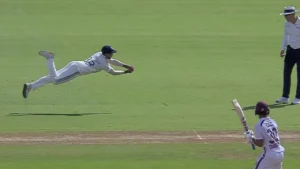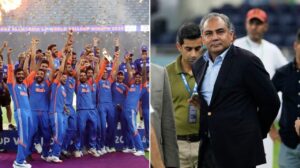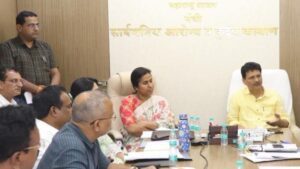When Cricket Had No Borders: The Players Who Represented Both India and Pakistan
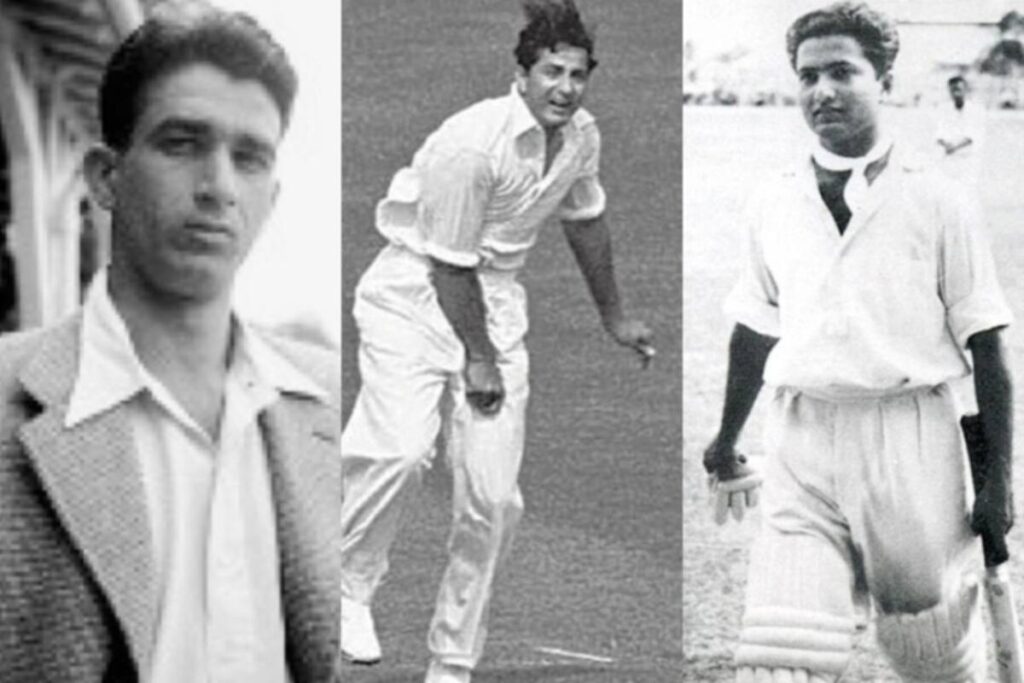
When Cricket Had No Borders: The Players Who Represented Both India and Pakistan
As cricket fans across India and Pakistan gear up to mark their respective Independence Days—India on August 15 and Pakistan on August 14—it’s a fitting time to revisit an era when borders had yet to define the teams we know today. Before the historic Partition in 1947, players from across British India wore the same jersey. In the years that followed, a few remarkable cricketers found themselves in a rare position—representing both India and Pakistan at the international level.
This unusual chapter in cricket history is not just about numbers or matches played, but about identity, legacy, and the deep connections that the sport has always shared between the two nations. Here are three cricketers whose careers uniquely straddled the birth of two independent cricketing nations.
Gul Mohammad
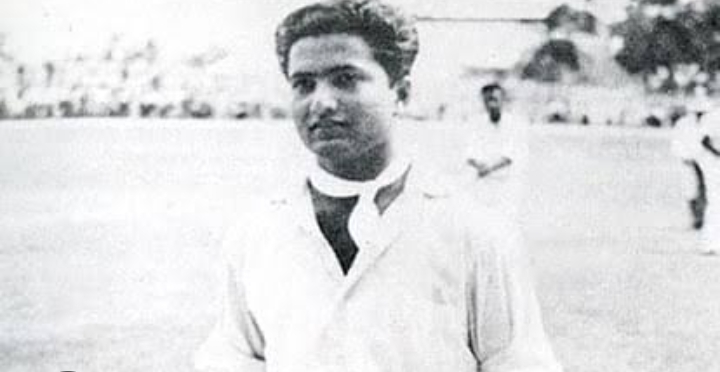
Gul Mohammad’s Test career began before Partition, debuting for India in 1946. A left-handed batsman celebrated for his elegant style and timing, he played eight Tests for India until 1952. However, his international outings didn’t quite reflect his domestic talent, with just 166 runs at a modest average of 11.06.
After moving to Pakistan post-Partition, Gul’s cricketing journey took another turn. In October 1956, he played his one and only Test for Pakistan against Australia at Karachi’s National Stadium. His contribution of 39 runs helped secure a win for Pakistan, and though his international numbers—205 runs from nine Tests—may not tell the full story, his impact in domestic cricket was undeniable. With 5,614 runs in 118 first-class matches at an average of 33.81, Gul Mohammad remains a figure who represented both the shared past and the evolving future of cricket on both sides of the border.
Abdul Hafeez Kardar
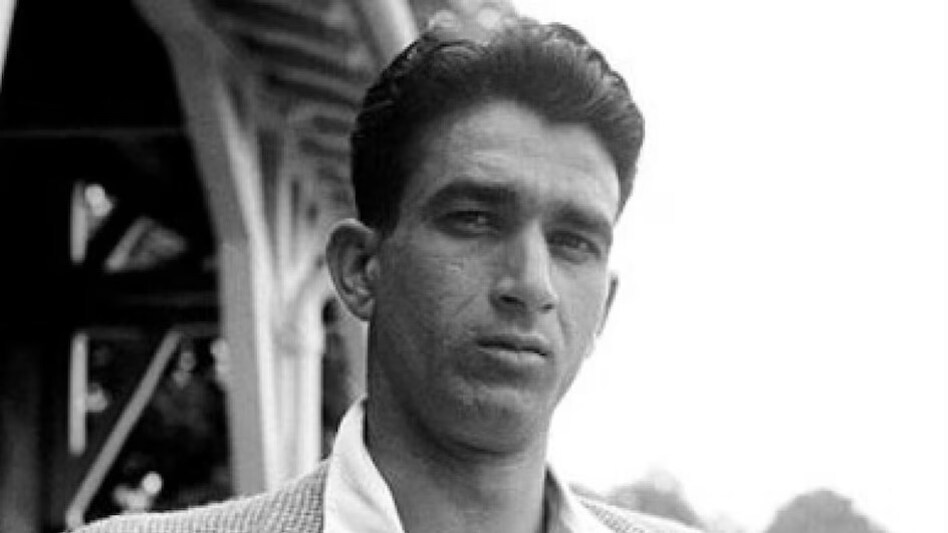
Abdul Hafeez Kardar stands out not only for playing for both countries but for shaping the future of Pakistan cricket itself. Before Partition, Kardar was part of the Indian Test team that toured England in 1946. After migrating to Pakistan, he made history by captaining the newly-formed national side in their inaugural Test match in October 1952—ironically, against India in Delhi.
Kardar went on to lead Pakistan in 23 Tests over six years, scoring 847 runs with five half-centuries and claiming 21 wickets. His leadership and tactical sense helped establish a strong foundation for Pakistan cricket. When he retired in 1958, he had 927 runs and 21 wickets to his name in Tests—but more importantly, he left behind a legacy that went far beyond numbers. As a pioneering captain and strategist, Kardar’s contribution to Pakistan cricket was monumental.
Amir Elahi
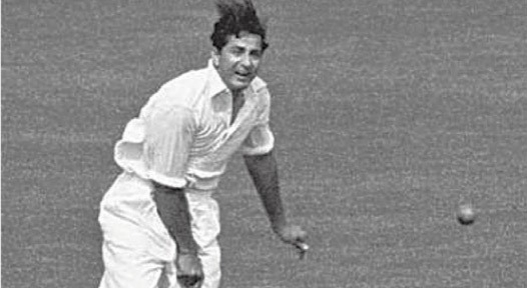
Amir Elahi’s story is unique in its own right. A spin-bowling all-rounder, he was one of the few cricketers to debut for India after independence, playing his only Test for the country in December 1947 against Australia at the Sydney Cricket Ground. Soon after, he chose to migrate to Pakistan and resumed his international career there.
At the age of 44, Elahi made his Pakistan debut in their maiden Test match in 1952—the same match where Kardar also debuted for Pakistan. He played five Tests for Pakistan, all against India, and wrapped up his career with 82 runs and seven wickets from six Tests overall. While his international numbers may seem modest, Elahi’s first-class record tells a different story: 513 wickets in 125 matches and over 2,500 runs made him a respected and consistent performer in domestic circuits.





